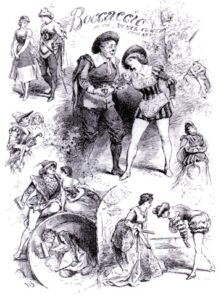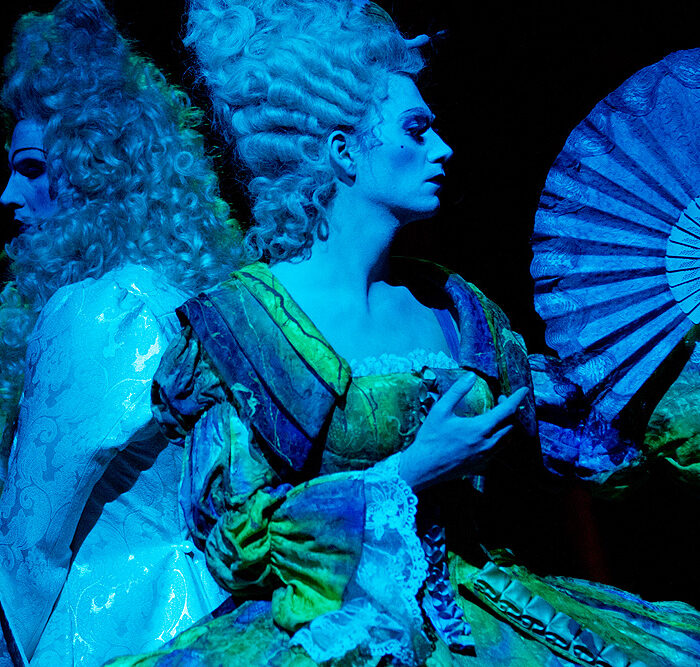
Opera Profile: Franz von Suppè’s ‘Boccaccio’
By John Vandevert“Boccaccio, oder Der Prinz von Palermo“ (Boccaccio, or the Prince of Palermo) was one of the most influential operettas written by Austrian composer Franz von Suppè (1819-1895). Although rarely mentioned in the history of opera, von Suppè’s light operas (or operettas) were performed around the world and could be said to be the influence that Gilbert and Sullivan pulled from in the second-half of the 19th century, their name a lasting face to the style of operetta. Despite the operetta element, the work took musical influence from the Italian opera style, in other words bel canto.
The libretto was made by Camillo Walzel and Richard Genée, and was modeled after a similar play by several French playwrights at the time. The story loosely revolves around the Italian writer Giovanni Boccaccio (1313-1375), best known for his work the Decameron, a compilation of 100 stories ranging in themes but all dealing with sides of the human experience. The plot revolves around the public backlash against Boccaccio and his love for the Duke’s daughter Fiammetta.
Begun in the fall of 1878, the work was published and had its premiere on February 1st of 1879 at the Carl Theatre in Vienna (destroyed by a bomb in 1943). Following its premiere in 1879, the opera went on a world tour. In 1880, the work came to New York, although not yet the Metropolitan Opera House, and soon after during the 1880s going to six different countries including Italy, France, England, Amazonas, and even Australia. By this time, the work had been performed well over 115 times and von Suppe’s name was known everywhere, most of all in his home of Vienna. During the 20th century, the work would also receive its fair share of international attention, the work making its Broadway debut in 1905. In 1931, the work finally received the Metropolitan Opera stage, being performed ten times during its time. Following its performance, it has not returned nor secured a spot in the canonized repertoire of opera. In the 1930s, the work would return home after having taken a world tour and from 1930 to 1952 be performed at the Wiener Staatsoper featuring the acclaimed Moravian soprano Maria Jeritza. The work would travel between Germany, France, and Italy for the remainder of the 20th century, and quickly fall off the map upon the drawing of the 21st century. However, during the 2015/2016 season of the Theater für Niedersachsen in Hildesheim, the work was revived under the direction of Spanish director Guillermo Amaya.
The decline of the work’s popularity is in part due to the excessive modification of von Suppè’s original work, being reworked as early as 1885. By the 1930s, however, the work was undergoing significant change as its operetta element (text and singing) was being changed to include sung recitative instead. Music was also cut and roles recast for different voice parts, leading to general mayhem. That modified version was the one presented by the Metropolitan Opera. During the late 1900s, the opera was “modernized” by directors but the work would never again reach the same level of popularity as it did at the turn of the 20th century.
Listen
Categories
Opera Wiki

